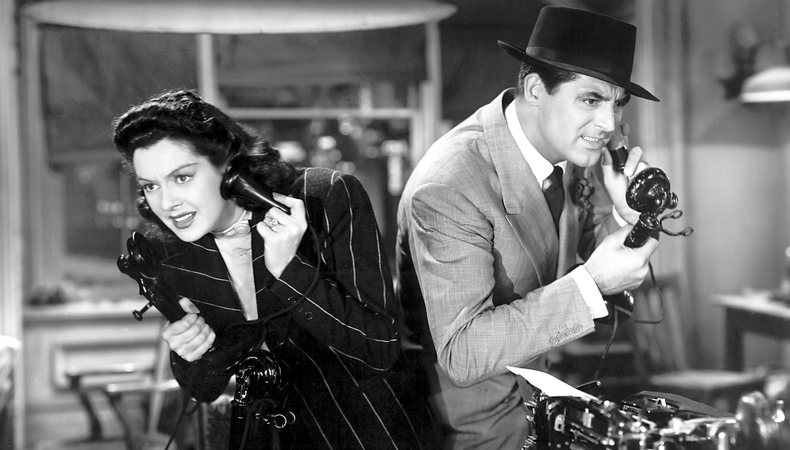Transatlantic Accent

In the realm of accents, there exists a captivating fusion of linguistic elements that transcends geographical boundaries and historical contexts—the Transatlantic accent. Evoking an aura of sophistication and refinement, this unique vocal stylization emerged during the early 20th century as a hallmark of prestige in both American and British societies. While it has waned in prevalence since its heyday, its influence continues to resonate in popular culture and academia, leaving an indelible mark on the collective memory of language enthusiasts worldwide.
Origins and Evolution
The origins of the Transatlantic accent can be traced back to the intersection of American and British English during the Golden Age of Hollywood. In an era characterized by burgeoning transatlantic travel and cultural exchange, actors and actresses sought to adopt a neutral accent that would appeal to both American and British audiences. This amalgamation of linguistic features from both sides of the Atlantic gave rise to a distinctively refined and cosmopolitan manner of speech.
At its core, the Transatlantic accent incorporates elements of Received Pronunciation (RP), the standard accent of British English traditionally associated with the upper class, and General American a standardized form of American English devoid of regional markers. By blending the crisp articulation and clipped vowels of RP with the clarity and lack of regionalism inherent in GenAm, speakers of the Transatlantic accent cultivated an air of worldly sophistication that transcended national borders.
Characteristics and Phonetics
One of the defining characteristics of the Transatlantic accent is its precise enunciation and deliberate pacing. Speakers of this accent articulate each syllable with meticulous clarity, eschewing the casual cadence commonly found in everyday speech. Vowels are often elongated and diphthongs are pronounced with a distinct crispness, lending an air of elegance to the speaker’s delivery.
Consonant sounds in the Transatlantic accent are similarly refined, with careful attention paid to articulatory precision. Plosive sounds such as /t/ and /p/ are pronounced with a crisp, almost percussive quality, while fricatives like /s/ and /sh/ retain a softness and fluidity that contributes to the accent’s overall melodiousness. Additionally, the absence of intrusive rhoticity—where the “r” sound is pronounced only when followed by a vowel—further distinguishes the Transatlantic accent from its regional counterparts.
Cultural Significance and Legacy
Despite its decline in popularity following the mid-20th century, the Transatlantic accent remains a potent symbol of cultural prestige and sophistication. Its association with the glamour of Hollywood’s Golden Age endows it with a timeless allure, perpetuated by iconic figures such as Katharine Hepburn, Cary Grant, and Audrey Hepburn, whose mastery of the accent cemented their status as paragons of elegance and charm.
In contemporary society, the Transatlantic accent continues to exert influence in various spheres, from academia and the performing arts to the realms of fashion and advertising. Its distinctiveness and universality make it an invaluable tool for communication and expression, transcending linguistic boundaries to convey a sense of refinement and authority.
Conclusion
In the tapestry of global accents, the Transatlantic accent occupies a unique position as a bridge between nations and cultures. Its synthesis of British and American linguistic traits embodies the spirit of transatlantic exchange and cooperation, serving as a testament to the power of language to transcend geographical divides and forge connections across continents.






